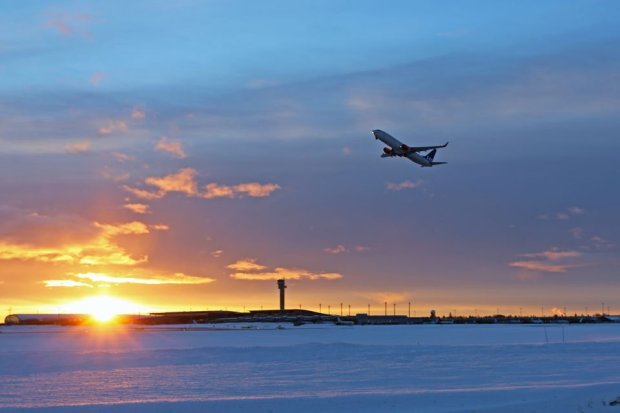Demand for fresh Norwegian seafood continued in 2020 despite covid-19, and at Avinor Oslo Airport a record was set in the number of tonnes of seafood that was transported by air to world markets. More than 120,000 cubic meters of infection control equipment also entered the country by air during the year.
In a European freight market that is strongly affected by covid-19, and at a time when there has been a great global shortage of air freight capacity, the airlines have chosen to prioritize capacity from Norway and Oslo Airport. This is primarily due to a continued high demand for Norwegian seafood, combined with infection control equipment, e-commerce products, parts for the oil and gas industry and for shipping. In addition, a high rate level has contributed to several airlines using passenger aircraft as dedicated cargo aircraft, says cargo director at Avinor, Martin Langaas.
70 flights a week with Norwegian seafood
In total, more than 110,000 tonnes of seafood were transported from Oslo Airport to large markets throughout the world, with Japan, South Korea and the United States being the largest export markets.
- There has been an increased demand for air freight capacity for Norwegian seafood from Oslo Airport, as a result of reduced capacity from other European airports. This has contributed to us having another good shipping year. The disappearance of intercontinental passenger routes with cargo capacity has been replaced by several dedicated cargo aircraft. At most, we have had over 70 weekly flights that have taken off from Oslo Airport with fresh Norwegian seafood to Asia, says Langaas.

 LinkBack URL
LinkBack URL About LinkBacks
About LinkBacks



 Reply With Quote
Reply With Quote

Bookmarks